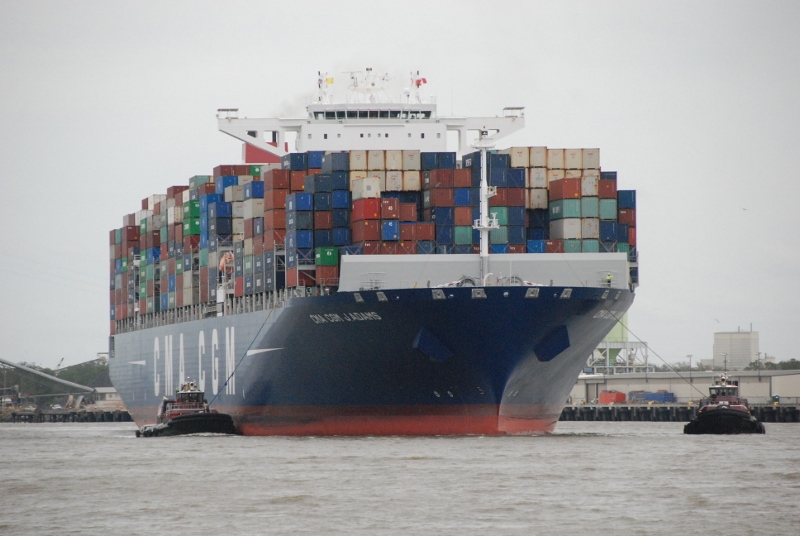Today’s large commercial vessels can present a wide range of occupational hazards. Cavernous holds with 50-foot drops into darkness, rusting cofferdams void of breathable air, and corrosive cargo vapors are only some of the dangers that professional mariners contend with on a daily basis.
In the eyes of the law, some shipboard hazards are apparent while others are harder to identify, such as airborne fibers released during maintenance work. In a recent case involving an injured longshoreman, a federal court described the hazard presented by a walkway spanning a cargo hold as being “open and obvious.” The significance of this description goes to something known as a turnover duty. This is essentially the duty to present shoreside cargo personnel with a safe ship.
The longshoreman was working as a lasher for a stevedoring company that had been hired to secure containers. He was injured after falling off a walkway that spanned two container bays. It did not have a rope fence that day.
The ensuing lawsuit was brought under the Longshore Harbor Workers’ Compensation Act (LHWCA). Shoreside personnel are not part of a vessel’s crew, so the Jones Act does not apply. The longshoreman’s lawsuit alleged that the vessel interests were negligent in breaching the duty to turn over a safe vessel to the stevedore company, the duty to intervene, and the duty to exercise ordinary care to keep the vessel in reasonably safe condition.
The lower court ruled in favor of the vessel interests. The turnover duty means that a vessel owner must use reasonable care to turn over a vessel and its equipment in such condition that an expert and experienced longshoreman would be able to work with reasonable safety. On appeal, the higher court sided with the lower court, concluding that a vessel does not breach the turnover duty when the hazard was “open and obvious,” which it felt to be the case with the walkway.
The higher court held that a reasonably competent stevedore could have avoided the risk by loading the lower bay first and staying off the walkway until the lower bay was filled, thus reducing the roughly eight-foot gap a person could fall into. The court dismissed the longshoreman’s claim for negligence under the LHWCA.




